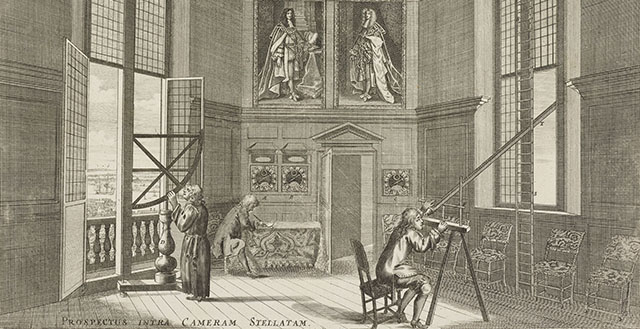
The Pendulum - Swinging into a New Era
Based on Galileo Galilei’s preliminary work with the pendulum, in 1656 the Dutch scientist Christiaan Huygens proposed replacing the unreliable foliot mechanism with a pendulum. Even the earliest pendulum clocks were far more precise than all other previous clocks. The precision of these pendulum
clocks made it possible to realize verifiable experiments in the emerging natural sciences for the first time.
The pendulum in simpler clocks was frequently firmly connected to the verge. Even with this type of construction, it made sense to add a minute hand.
In 1715 George Graham invented the anchor escapement which enabled the pendulum to swing nearly free. Clocks based on this type of construction were so precise that they were off by only a few seconds per day.
The movements of the celestial bodies served as a gauge for the passage of time. Astronomical instruments such as sundials and telescopes were indispensable for setting clocks. With the advent of ever more precise pendulum clocks, the precise time became available in every location.